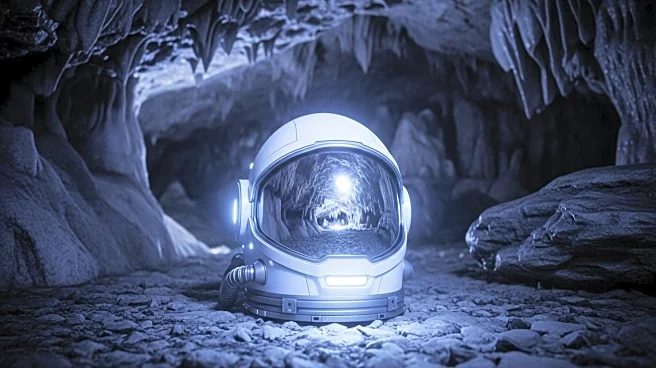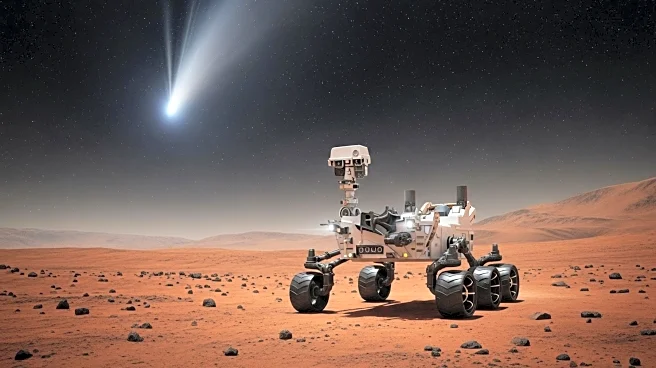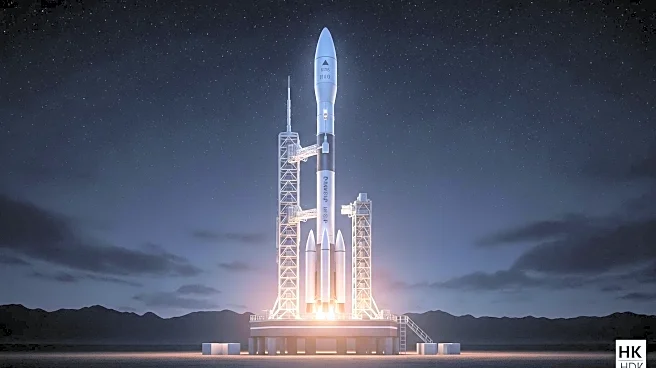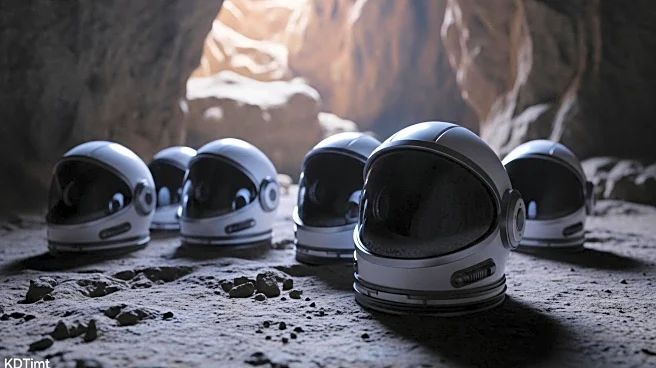What is the story about?
What's Happening?
Marco Sieber, part of an international team of astronauts, participated in a European Space Agency training program that involved living and working in a cave for four days. This exercise aimed to simulate the cramped and isolated conditions of spaceflight, providing astronauts with a unique environment to develop skills necessary for future missions. The team navigated challenging terrain, including vertical drops, and conducted experiments to monitor the cave environment. This training is part of a broader effort to prepare astronauts for the physical and psychological demands of space travel, emphasizing teamwork, problem-solving, and adaptability.
Why It's Important?
The cave training program underscores the importance of preparing astronauts for the unique challenges of spaceflight, where isolation and confined spaces can impact mental and physical health. By simulating these conditions on Earth, astronauts can develop critical skills that enhance mission success and safety. This training reflects the growing emphasis on comprehensive preparation for space missions, as agencies like the European Space Agency seek to ensure astronauts are equipped to handle the rigors of space travel. The program highlights the need for innovative training methods that address both technical and psychological aspects of space exploration.
What's Next?
As space agencies continue to explore new training methods, programs like the cave simulation may become integral to astronaut preparation. Future initiatives could expand on this concept, incorporating additional environmental challenges to further enhance readiness for space missions. Collaboration between international space agencies may lead to the development of standardized training protocols, ensuring consistency and effectiveness across programs. As interest in space exploration grows, these training methods could play a crucial role in preparing astronauts for increasingly complex missions, including potential journeys to Mars and beyond.
Beyond the Headlines
The use of cave environments for astronaut training raises broader questions about the psychological and physical preparation required for space travel. As missions become longer and more demanding, the need for comprehensive training that addresses mental resilience and adaptability becomes increasingly important. This approach may influence the design of future space habitats, emphasizing the importance of creating environments that support astronaut well-being. The integration of psychological training into space programs reflects a growing recognition of the human factors that contribute to mission success, highlighting the need for holistic approaches to astronaut preparation.
AI Generated Content
Do you find this article useful?













